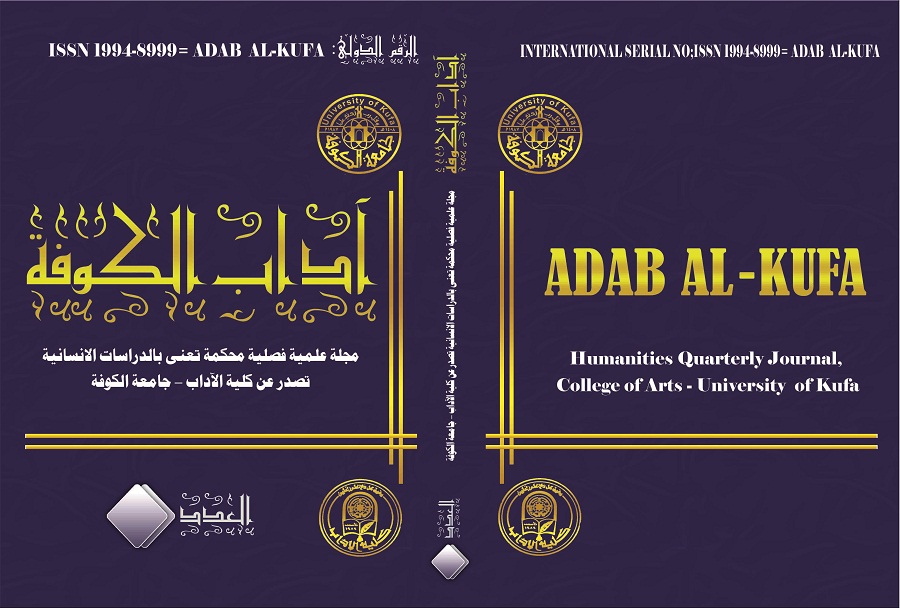A Modular Analysis of Arabic Journalistic Texts
DOI:
https://doi.org/10.36317/kaj/2010/v1.i5.6496Keywords:
A Modular AnalysisAbstract
There are two principal approaches to discourse analysis, the multi-dimensional approach and the modular approach. The first is proposed by kerbrat-Orecchioni (1997) and it tries to combine eclectically the results and findings of studies on different dimensions of discourse organization in order to achieve a more comprehensive picture. The second approach is initiated by NØlke, Motsch and Roulet. Relying on NØlke and Motsch, Roulet (1997) suggests an approach to discourse analysis that rests on the modularity of mind hypothesis proposed by Jerry Fodor (1983). According to Fodor (ibid.), mind is a computational engine which is peripherally modular. The model put forward and modified repeatedly by Eddy Roulet (1997) is called the Geneva model of discourse analysis. Roulet (ibid.) claims that a modular approach constitutes an interesting and powerful methodology for describing the complexity of discourse organization. Different facets of discourse or talks-in-interaction are broken down into their simplest primitive elements. Discourse has situational, textual and linguistic components. Each of them consists of central and non-central modules whose results are coupled according to certain meta-rules. In this study, I apply Geneva model of discourse analysis to some Arabic journalistic texts. It has been discovered that Geneva model of discourse analysis is a successful tool in describing the discourse organization of journalistic texts in Arabic
Downloads
Downloads
Published
How to Cite
Issue
Section
License
Copyright (c) 2013 Abbas hassn Jassim

This work is licensed under a Creative Commons Attribution 4.0 International License.




















